Macos Copy Ssh Key
SSH (Secure Shell) is a widely used protocol for securely connecting to remote systems and managing them. To establish a secure connection, SSH uses cryptographic keys, which include a private key and a corresponding public key. In this article, we will explore how to generate a new SSH key on macOS, check for existing SSH keys, copy the SSH key to the clipboard, and paste it into various destinations, such as Windows 10, Ubuntu, and servers.
Generate a new SSH key on macOS:
To generate a new SSH key on macOS, follow these steps:
1. Check for existing SSH keys on your macOS machine:
Before generating a new SSH key, it is essential to check if you already have any existing keys. Open Terminal on your macOS and run the following command:
“`
ls ~/.ssh
“`
This command lists the contents of the `.ssh` directory where SSH keys are typically stored. If you see any files with the extension `.pub`, you already have SSH keys.
2. Open Terminal on your macOS:
Terminal is the command-line interface for macOS. You can find it in the Utilities folder within your Applications folder or by using Spotlight search.
3. Run the `ssh-keygen` command to generate a new SSH key:
In the Terminal window, type the following command and press Enter:
“`
ssh-keygen -t rsa -b 4096
“`
This command tells macOS to generate a new RSA key with a 4096-bit length.
4. Specify the file name and location for the new SSH key:
After running the `ssh-keygen` command, you will be prompted to enter the file name and location for the new SSH key. You can press Enter to accept the default location (`~/.ssh/id_rsa`) or specify a custom location.
5. Enter a passphrase for the new SSH key (optional):
You will then be prompted to enter a passphrase for the new SSH key. A passphrase adds an extra layer of security to your key by encrypting it with a password. It is optional but recommended for enhanced security. Type your desired passphrase and press Enter. Note that the passphrase will be hidden while typing.
6. View the newly generated SSH key on your macOS:
After successfully generating the SSH key, you can view the key by running the following command in the Terminal:
“`
cat ~/.ssh/id_rsa.pub
“`
This command will display the public key on your screen.
Copy the SSH key to the clipboard:
To copy the SSH key to the clipboard, follow these steps:
1. Copy the SSH key from the Terminal window:
Select the entire SSH key displayed in the Terminal window, including the `ssh-rsa` prefix and the email address associated with the key. Right-click and choose the “Copy” option from the context menu, or use the shortcut `Cmd+C` to copy the key.
2. Paste the copied SSH key into the desired destination:
Now that the SSH key is copied to your clipboard, you can paste it into various destinations, depending on your requirements. Let us explore a few common scenarios:
– To copy SSH key to Windows 10:
In Windows 10, you can use a text editor like Notepad to paste the SSH key. Open Notepad, paste the key using `Ctrl+V`, and save the file with the extension `.pub`.
– To copy SSH key to Ubuntu:
Similarly, in Ubuntu, open a text editor like Gedit or Nano, paste the SSH key using `Ctrl+V`, and save the file with the extension `.pub`.
– To copy SSH key to a server:
When connecting to a remote server, you might need to add your SSH key to the server’s authorized_keys file. Use the appropriate command or method specific to the server’s operating system to achieve this. For example, you can use the `ssh-copy-id` command on Linux-based servers.
Note: The process of copying the SSH key and pasting it into different destinations might vary slightly depending on the specific operating system and software used. Ensure you follow the relevant guidelines for your specific setup.
SSH and GPG keys:
SSH keys are distinct from GPG (GNU Privacy Guard) keys, although they share some similarities. SSH keys are used for secure remote access, while GPG keys are primarily utilized for email encryption and digital signatures. They serve different purposes and are managed separately.
Check SSH key:
To check if your SSH key is functioning correctly, follow these steps:
1. Open Terminal on your macOS.
2. Type the following command and press Enter:
“`
ssh -T [email protected]
“`
Replace `[email protected]` with the address or hostname associated with the SSH key you want to test.
3. If the key is set up correctly, you will see a success message indicating a successful connection.
FAQs:
Q: How do I generate an SSH key on macOS?
A: Follow the steps outlined in the “Generate a new SSH key on macOS” section of this article.
Q: How do I copy my SSH key to Windows 10?
A: Paste the SSH key into a text editor like Notepad and save it with the `.pub` file extension.
Q: How do I copy my SSH key to Ubuntu?
A: Paste the SSH key into a text editor like Gedit or Nano and save it with the `.pub` file extension.
Q: How do I copy my SSH key to a server?
A: Use the appropriate command or method specific to the server’s operating system, such as `ssh-copy-id` on Linux-based servers.
Q: How do I check if my SSH key is working on macOS?
A: Open Terminal and run the command `ssh -T [email protected]`, replacing `[email protected]` with the relevant address or hostname.
In conclusion, managing SSH keys on macOS involves generating new keys, checking for existing keys, and copying them to different destinations. By following the steps outlined in this article and understanding the FAQs, you can effectively generate, copy, and manage your SSH keys on macOS.
Using Ssh Keys On Mac
Keywords searched by users: macos copy ssh key Copy SSH key Windows 10, Copy SSH key Ubuntu, ssh-copy-id windows, Generate SSH key Mac, Copy SSH key to server, Ssh-keygen, SSH and GPG keys, Check SSH key
Categories: Top 18 Macos Copy Ssh Key
See more here: nhanvietluanvan.com
Copy Ssh Key Windows 10
Secure Shell (SSH) keys are an essential tool for secure communication and remote server management. Whether you are a developer, system administrator, or any individual who requires access to a remote server, having a secure and convenient method to authenticate yourself is crucial. In this article, we will delve into the process of copying SSH keys on Windows 10, providing step-by-step instructions and addressing frequently asked questions.
What is an SSH Key?
SSH keys are cryptographic credentials that provide a secure and efficient way to authenticate yourself when connecting to a remote server. Unlike traditional password-based authentication, SSH keys use a pair of keys: a private key and a public key. The private key remains stored on your local machine, while the public key is added to the remote server’s authorized keys file. When you attempt to establish an SSH connection, the server verifies your identity by comparing your private key with the authorized public key.
Why Use SSH Keys Over Passwords?
Using SSH keys offers several advantages over traditional password-based authentication. Firstly, SSH keys provide a higher level of security. Passwords can be easily cracked by brute-force attacks, while SSH keys with long and complex passphrases are nearly impossible to compromise. Secondly, SSH keys eliminate the need to remember and type lengthy passwords, making the authentication process more convenient and efficient. Additionally, SSH keys are not susceptible to keyloggers or other forms of password theft, as the private key is stored locally and never transmitted during authentication.
Copying SSH Keys on Windows 10:
Step 1: Launching OpenSSH Server:
Before copying SSH keys on Windows 10, you need to ensure that the OpenSSH Server is installed and running on your machine. Open PowerShell as an administrator and execute the following command:
“`powershell
Add-WindowsCapability -Online -Name OpenSSH.Server~~~~0.0.1.0
“`
This command installs the OpenSSH server.
Step 2: Generating SSH Keys:
If you don’t already have an SSH key pair, you can generate one using the following command:
“`powershell
ssh-keygen -t rsa -b 4096
“`
This command generates an RSA key pair with a length of 4096 bits. You will be prompted to choose a location to save the key and set a passphrase.
Step 3: Copying Public SSH Key:
After generating the SSH keys, you need to copy the public key to the target remote server. The public key is usually stored in a file named `id_rsa.pub`. Open the file using a text editor, and select and copy the entire contents.
Step 4: Adding Public SSH Key to Authorized Keys File:
Connect to the remote server using another method, such as password authentication or an existing SSH key. Once connected, navigate to the `~/.ssh` directory and open the `authorized_keys` file using a text editor. Paste the copied public key at the end of the file and save it.
Step 5: Configuring SSH Client:
To use the SSH key for authentication, you need to configure the SSH client on your Windows 10 machine. Open the `~/.ssh` directory and create or edit the `config` file using a text editor. Add the following lines:
“`text
Host your-server
HostName your-server.com
Port 22
User your-username
IdentityFile ~/.ssh/id_rsa
“`
Replace `your-server`, `your-server.com`, `22`, `your-username` with the appropriate values.
Frequently Asked Questions:
Q1: Can I use the same SSH key pair on multiple servers?
A1: Yes, you can use the same SSH key pair on multiple servers. Simply copy the public key to the authorized keys file on each server.
Q2: How can I change my SSH key passphrase?
A2: You can change the passphrase of your SSH key using the following command:
“`powershell
ssh-keygen -p -f ~/.ssh/id_rsa
“`
Q3: Can I use SSH keys with Git?
A3: Yes, SSH keys can be used with Git to securely connect and authenticate with remote repositories.
Q4: What happens if I lose my private key?
A4: If you lose your private key, you will no longer be able to access any servers or systems that were configured to accept that key. It is advisable to create and securely store a backup of your private key.
In conclusion, copying SSH keys on Windows 10 provides a secure and efficient method to authenticate yourself when connecting to remote servers. By following the step-by-step instructions outlined in this article, you will be able to generate SSH keys, copy the public key to the remote server, and configure your SSH client for seamless authentication. Embracing SSH keys will assure secure communication and streamline server management for individuals across various fields.
Copy Ssh Key Ubuntu
SSH (Secure Shell) is a cryptographic network protocol that allows secure remote login and secure file transfer between computers. It provides a secure way to access and manage remote servers. In this article, we will explore how to copy SSH key on Ubuntu, a popular Linux distribution.
Why copy SSH key?
SSH keys serve as a means of identifying yourself to an SSH server using public key cryptography and challenge-response authentication. Copying SSH keys from your local machine to a remote server eliminates the need to repeatedly authenticate using a password. This not only saves time but also enhances security by reducing the risk of password-based attacks.
Let’s dive into the step-by-step process of copying SSH key on Ubuntu:
Step 1: Checking for existing SSH keys
First, check if you already have existing SSH keys. Open the terminal on your Ubuntu machine and navigate to the `~/.ssh` directory by typing `cd ~/.ssh`.
Step 2: Generating a new SSH key (optional)
If you don’t have existing SSH keys, you can generate a new one by running the command `ssh-keygen -t rsa -b 4096 -C “[email protected]”`. Replace `[email protected]` with your own email address. Press enter to accept the default file location (`~/.ssh/id_rsa`) and optionally provide a passphrase for added security.
Step 3: Copying the public key
To copy the public key to the remote server, use the `ssh-copy-id` command followed by your username and the IP address or domain name of the server. For example: `ssh-copy-id username@server_ip_address`.
If the remote server uses a non-standard port for SSH, specify it using the `-p` flag followed by the port number: `ssh-copy-id -p 2222 username@server_ip_address`.
You will be prompted to enter your password for the remote server. Once you provide the correct password, the public key will be copied to the server’s `~/.ssh/authorized_keys` file. This file contains all the authorized public keys that are allowed to connect to the server.
Step 4: Testing SSH key authentication
To verify that SSH key authentication is working, try connecting to the remote server using SSH without entering a password. Open the terminal and run the command `ssh username@server_ip_address`. If you are prompted for a password, SSH key authentication is not yet working. Make sure you followed the steps correctly.
Frequently Asked Questions (FAQs):
Q1: What if I already have an existing SSH key on my local machine?
If you already have an existing SSH key on your local machine, there is no need to generate a new one. You can simply copy the existing public key to the remote server using the `ssh-copy-id` command mentioned in Step 3.
Q2: How do I add multiple SSH keys to a remote server?
You can add multiple SSH keys to a remote server by repeating Step 3 for each key you want to add. Each key will be appended to the `~/.ssh/authorized_keys` file on the remote server, allowing you to authenticate using any of the associated private keys.
Q3: Can I disable password authentication after copying the SSH key?
Yes, it is recommended to disable password authentication once SSH key authentication is working. Open the SSH server configuration file located at `/etc/ssh/sshd_config` using a text editor. Set the value of `PasswordAuthentication` to `no`. Save the file and restart the SSH service by running `sudo service ssh restart`. This will enforce SSH key authentication and further enhance the security of your system.
Q4: How do I revoke SSH access from a specific key?
To revoke SSH access from a specific key, remove the corresponding public key from the remote server’s `~/.ssh/authorized_keys` file. Open the file using a text editor and delete the line containing the public key you want to revoke. Save the file and the access will be revoked for that key.
Conclusion:
Copying SSH keys on Ubuntu enables secure remote access to servers without the need to enter passwords repeatedly. By following the steps outlined in this guide, you can copy SSH keys to a remote server effortlessly. Additionally, we provided answers to some common questions that may arise during the process. Harness the power of SSH key authentication to enhance security and streamline your remote server management.
Images related to the topic macos copy ssh key
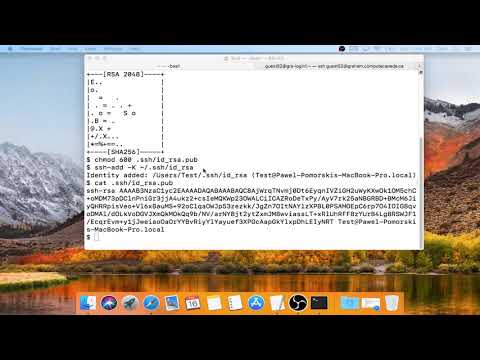
Found 26 images related to macos copy ssh key theme
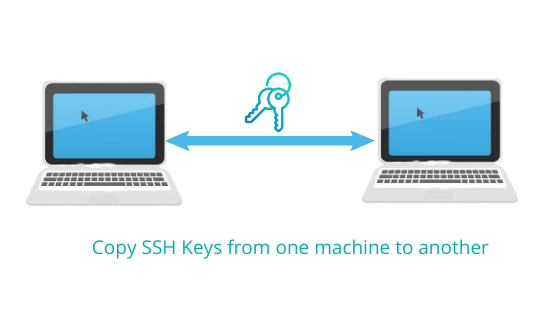

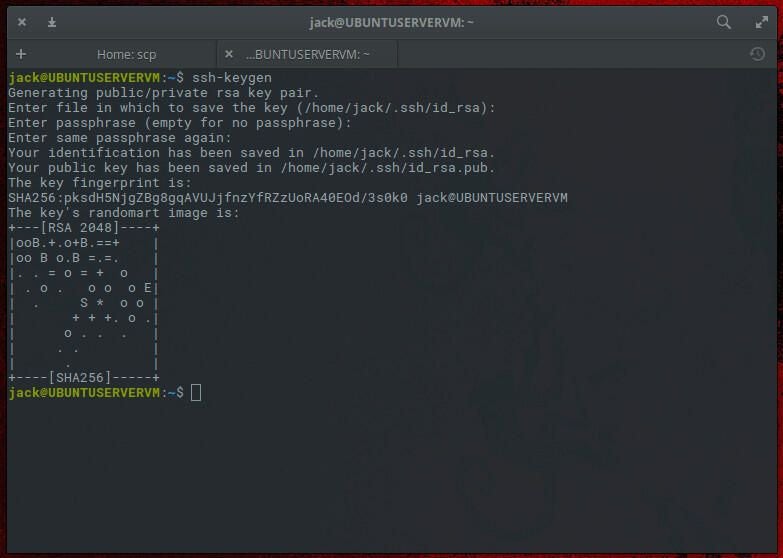
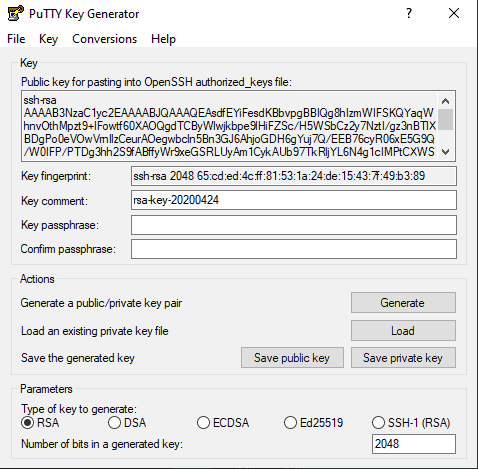





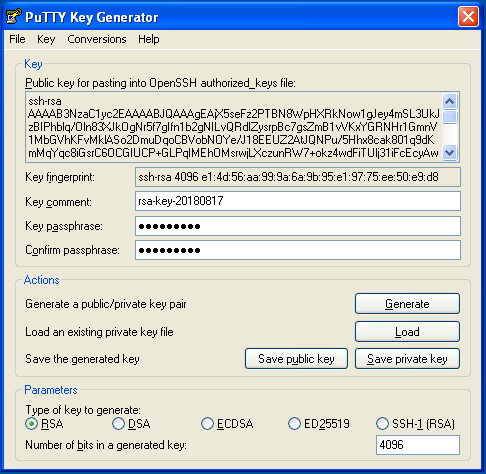



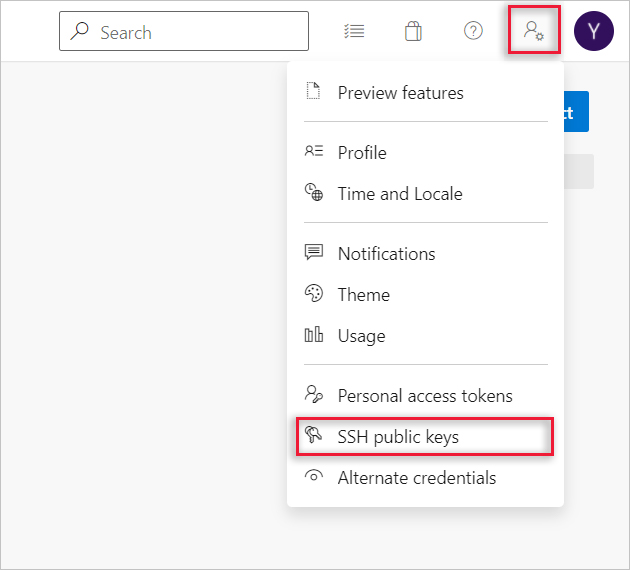

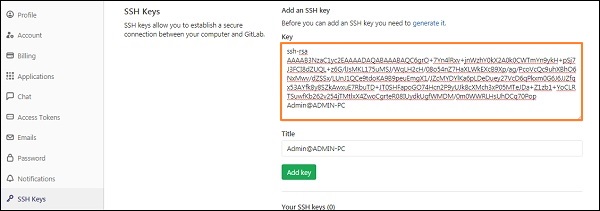


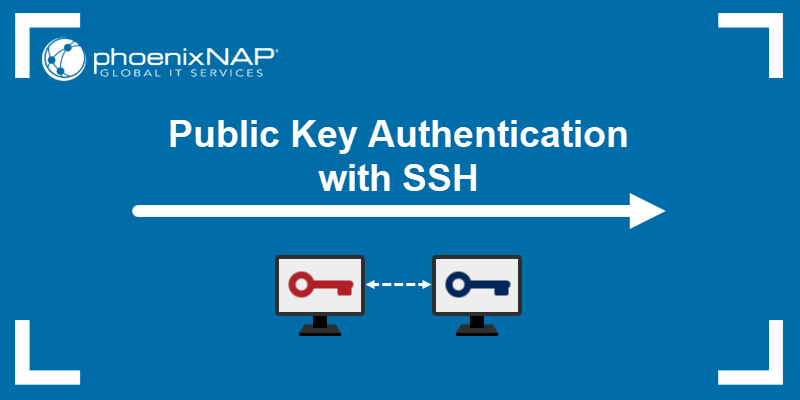
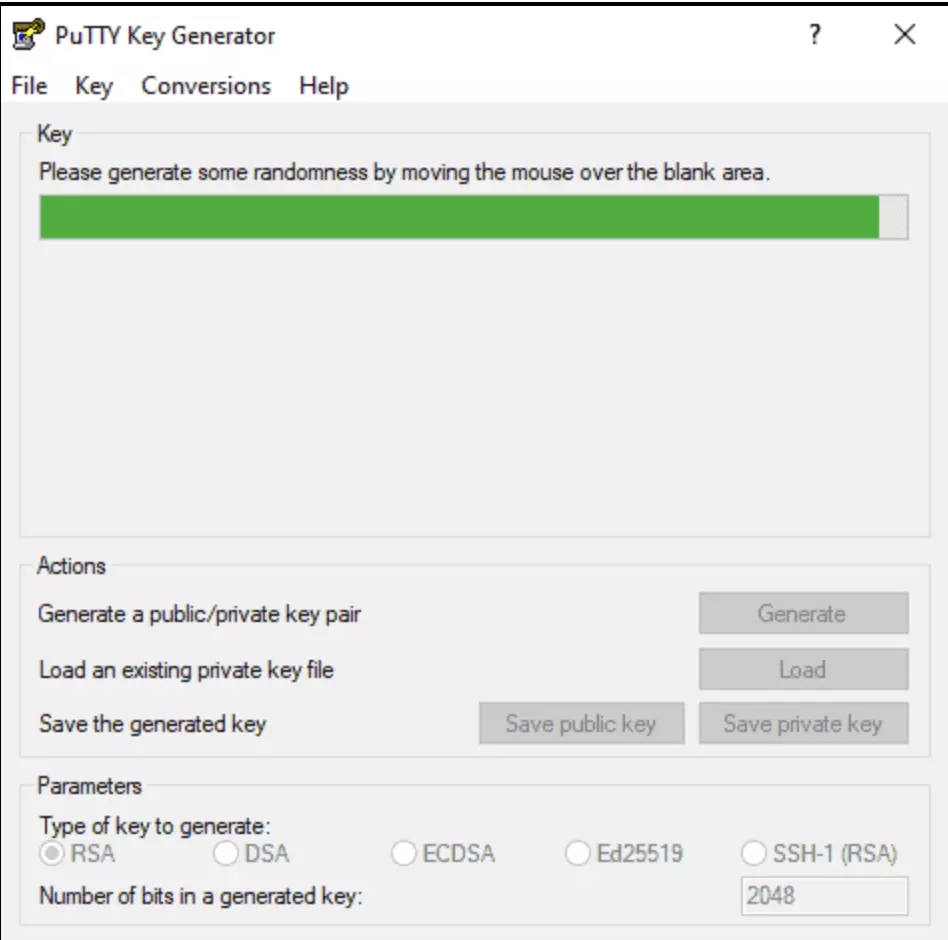
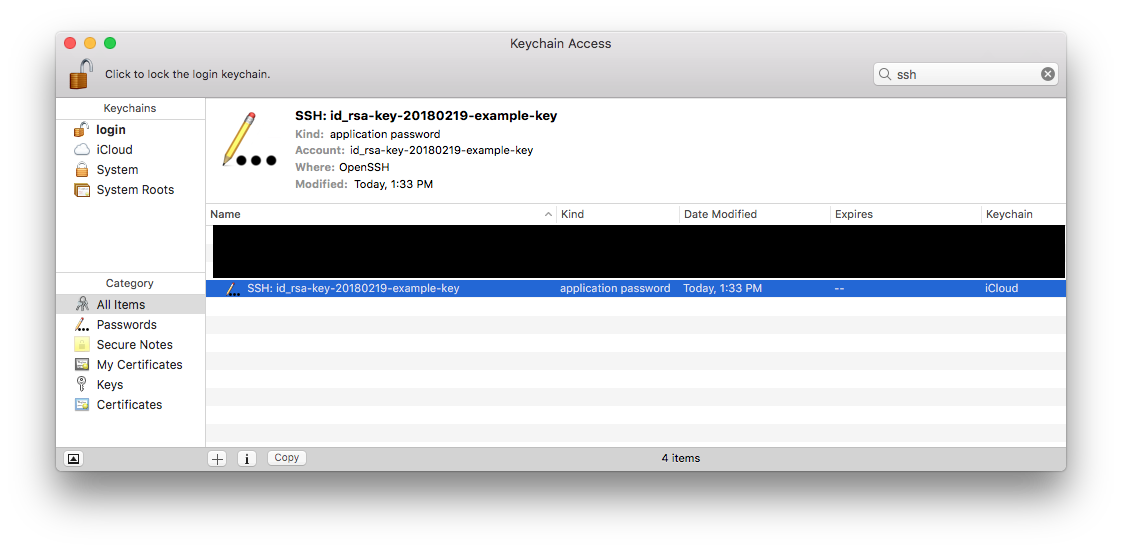

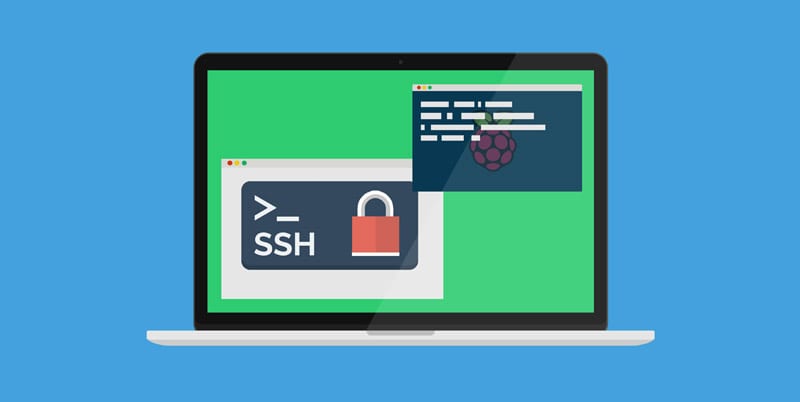
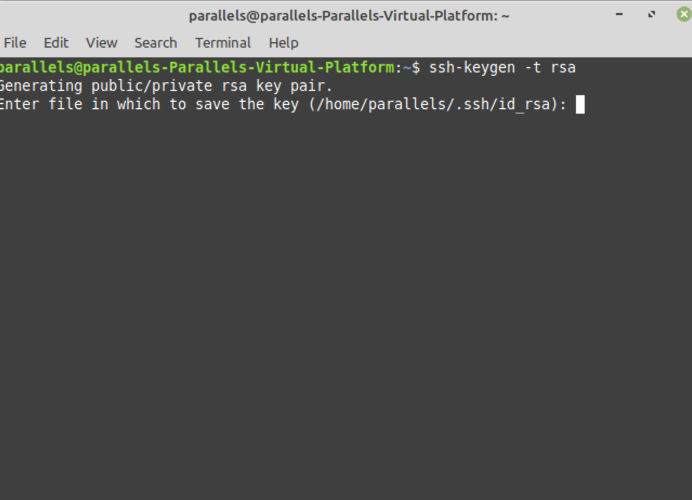

![2023] How to Set Up your SSH key for GitHub on Windows 10/11 | by Valentin Despa | DevOps with Valentine | Medium 2023] How To Set Up Your Ssh Key For Github On Windows 10/11 | By Valentin Despa | Devops With Valentine | Medium](https://miro.medium.com/v2/resize:fit:1400/1*EEEAJDWX5QWC8hHHJBtFag.png)


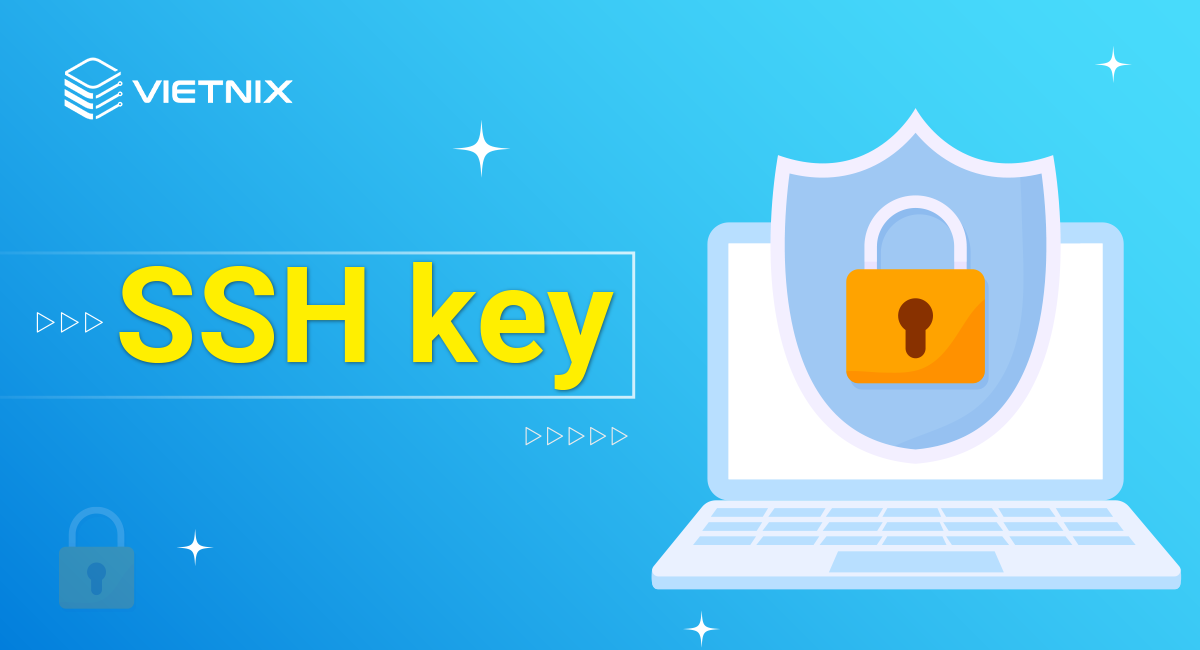


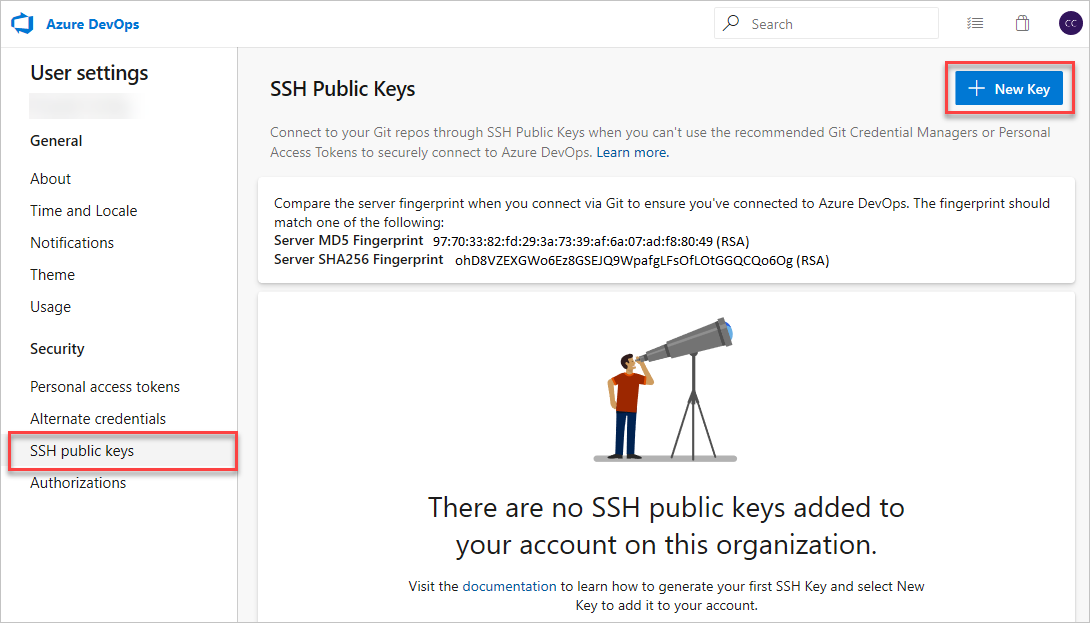
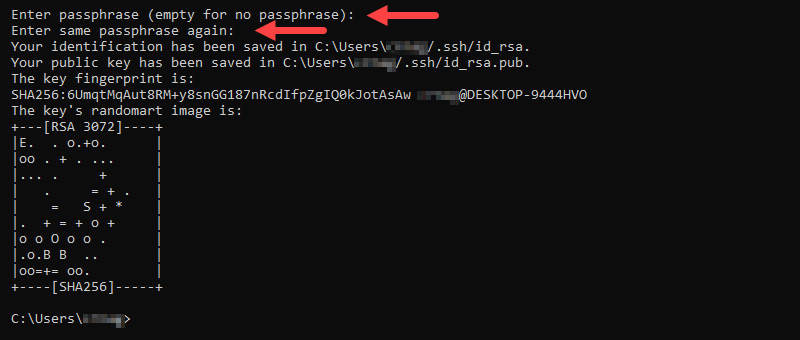
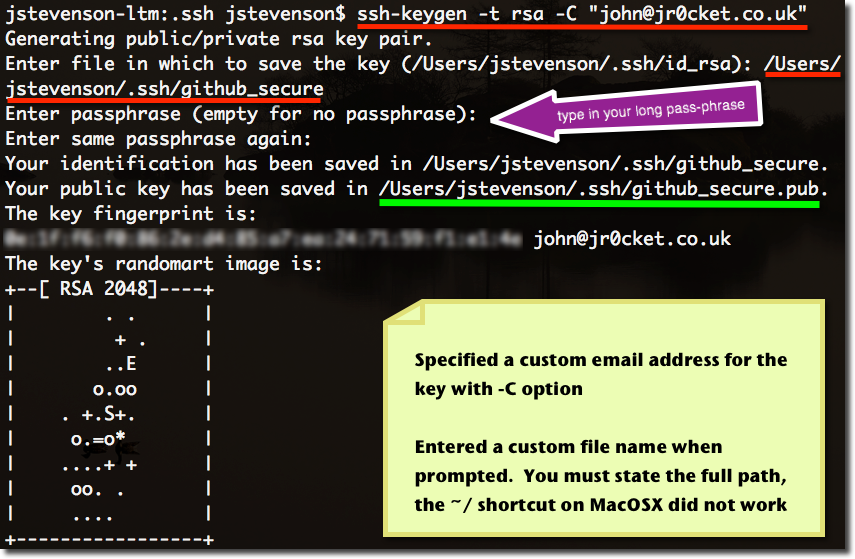
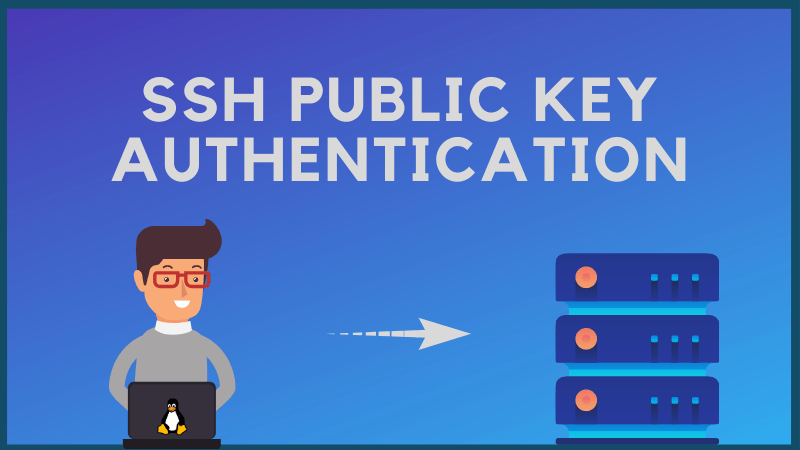

![SSH] [Phần 2] Cấu hình đăng nhập SSH Key cho user trên CentOS 7 - Trang tin tức từ Cloud365 - Nhân Hòa Ssh] [Phần 2] Cấu Hình Đăng Nhập Ssh Key Cho User Trên Centos 7 - Trang Tin Tức Từ Cloud365 - Nhân Hòa](https://news.cloud365.vn/wp-content/uploads/2020/04/Screenshot_15.png)

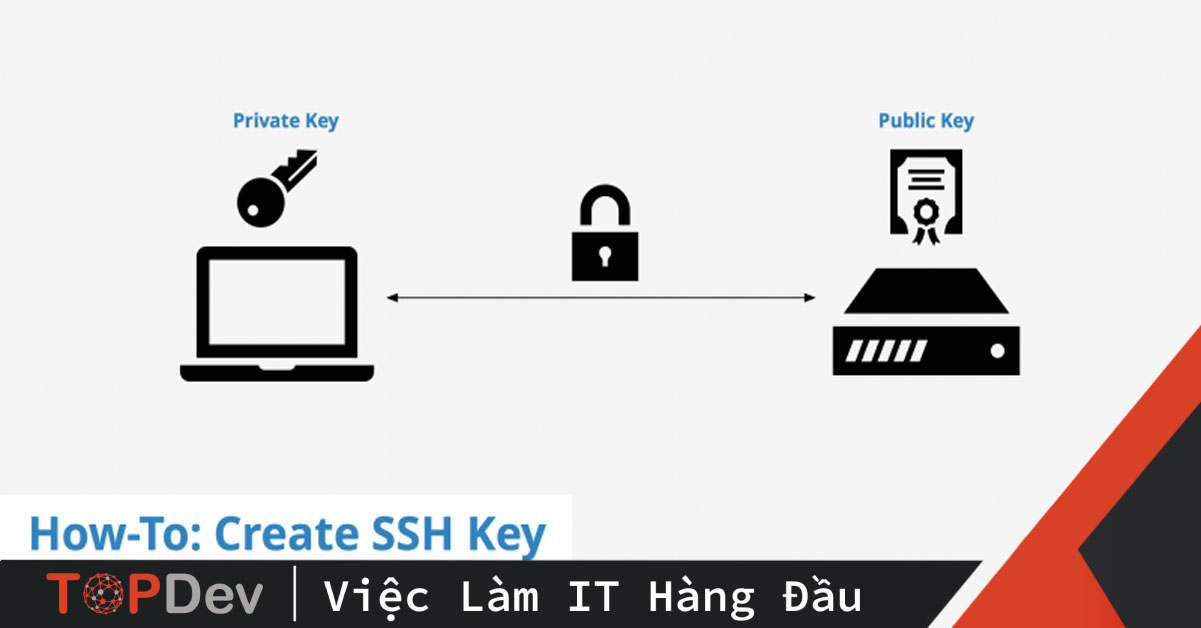



Article link: macos copy ssh key.
Learn more about the topic macos copy ssh key.
- Copying a rsa public key to clipboard – ssh – Stack Overflow
- Copy SSH key to clipboard – DigitalOcean
- Copy ssh public-key to clipboard on MacOS – GitHub Gist
- How to generate and copy SSH key in Mac OS – Koz.TV
- SSH Copy ID for Copying SSH Keys to Servers
- Manually generating your SSH key in macOS – Documentation
- How to View Your SSH Keys in Linux, macOS and Windows
- Hướng dẫn tạo SSH Key trên MAC OS – Đỗ Trung Quân
- Copy SSH key to clipboard | Better Stack Community
- Copy SSH key to Clipboard | by Tim – Medium
See more: https://nhanvietluanvan.com/luat-hoc